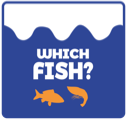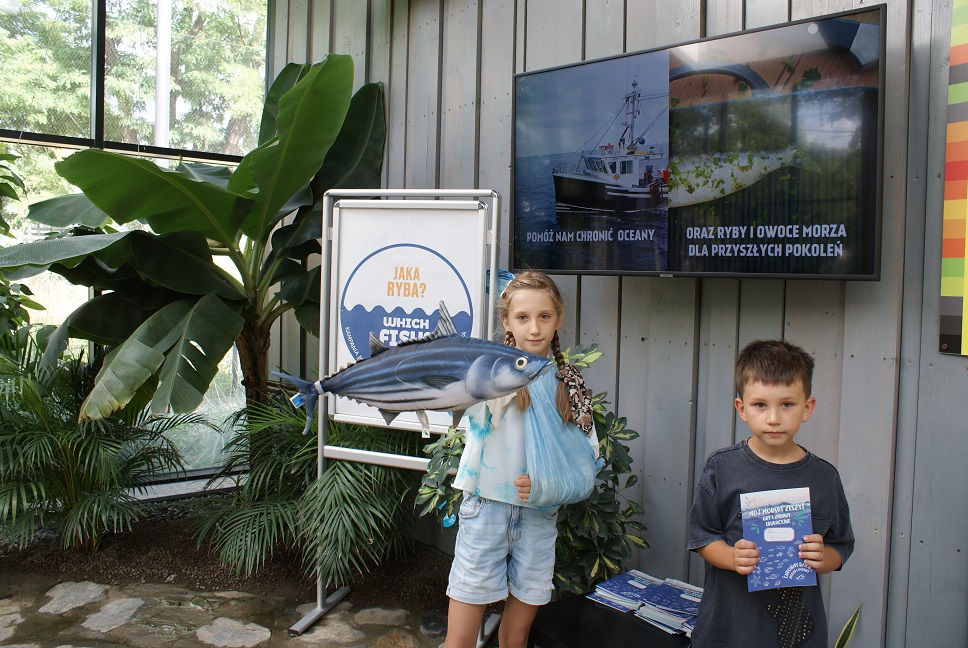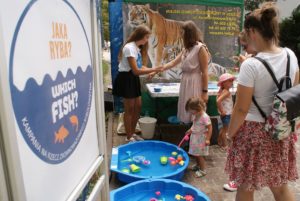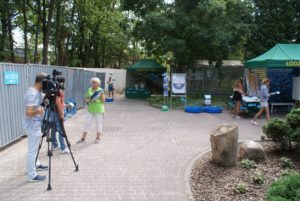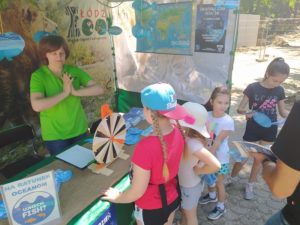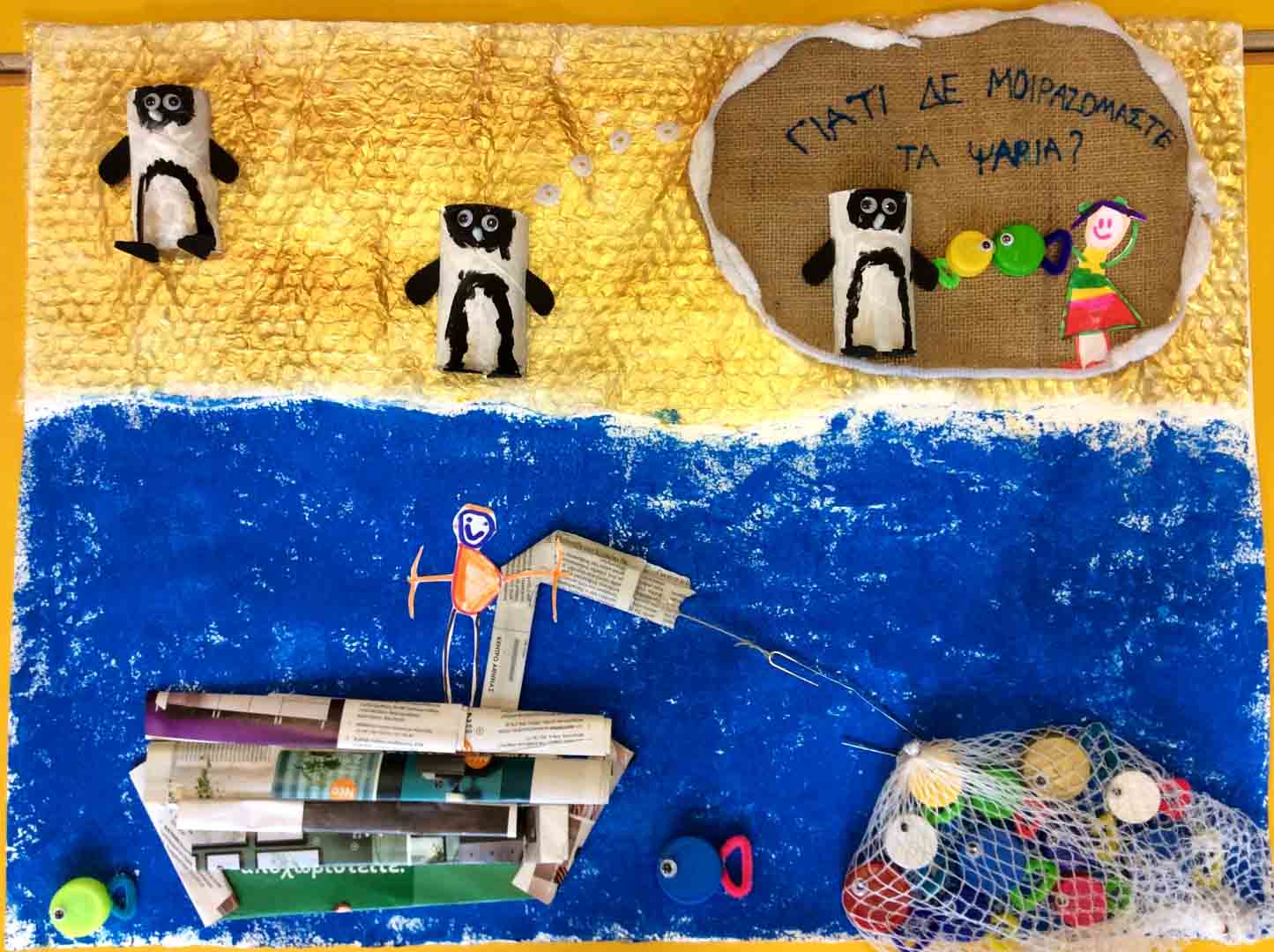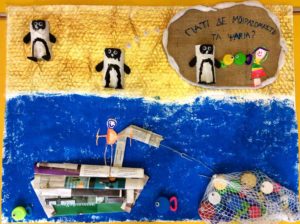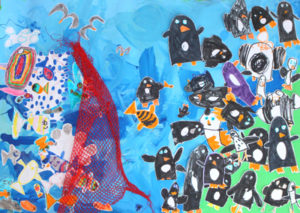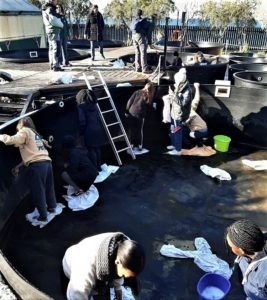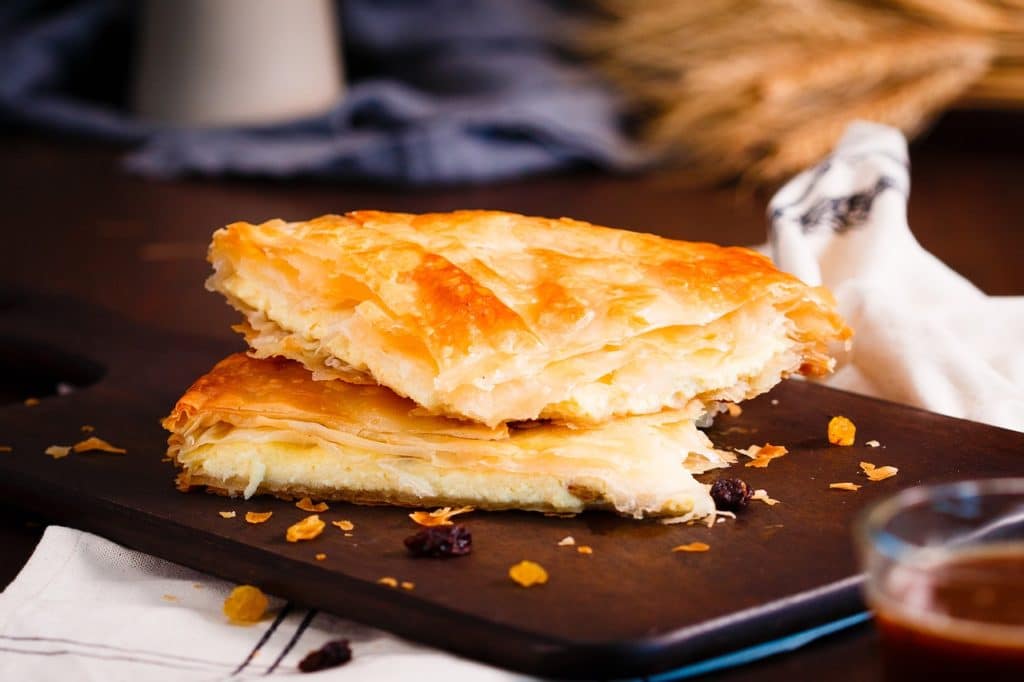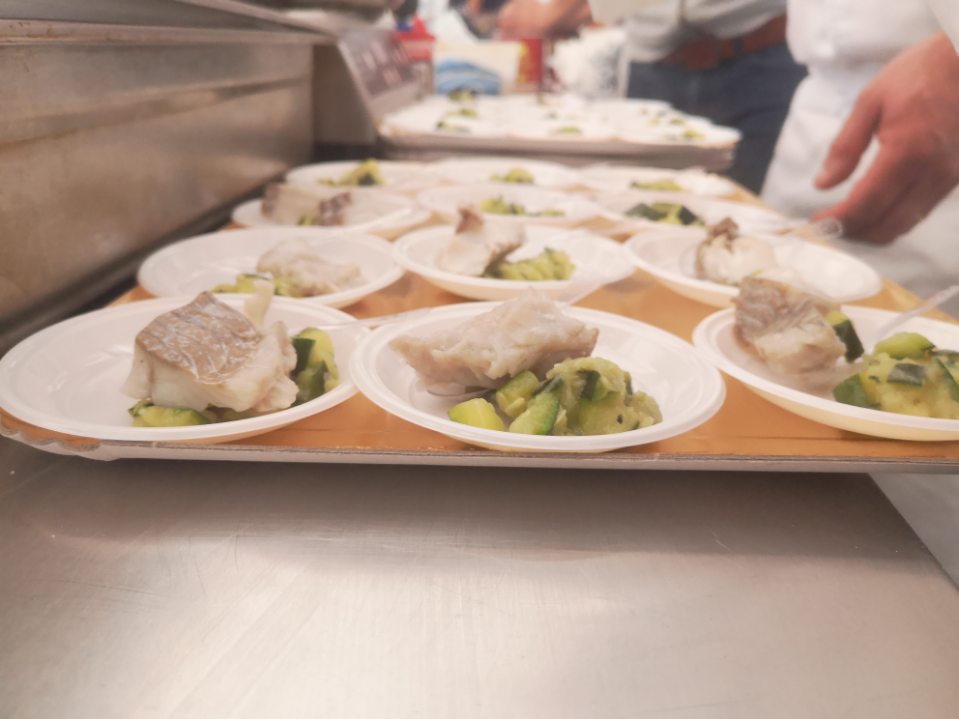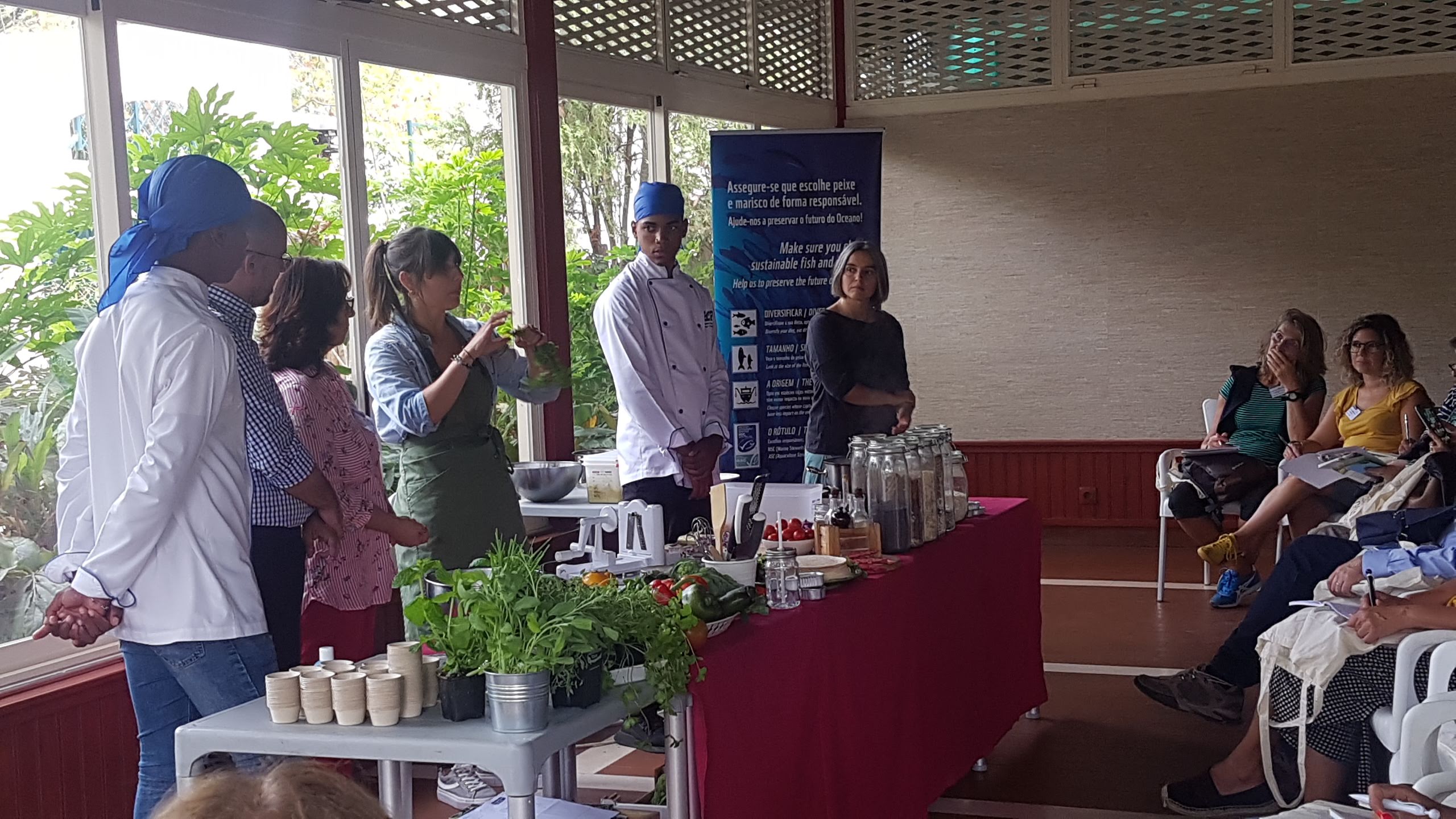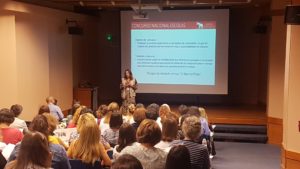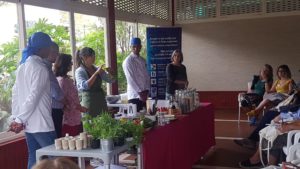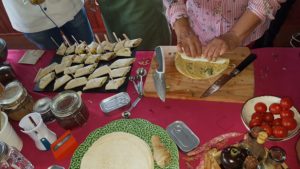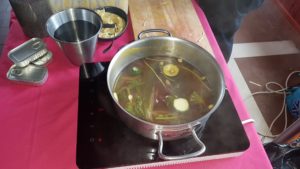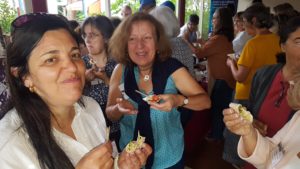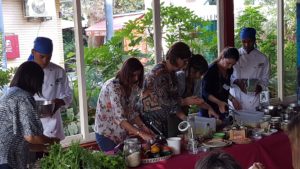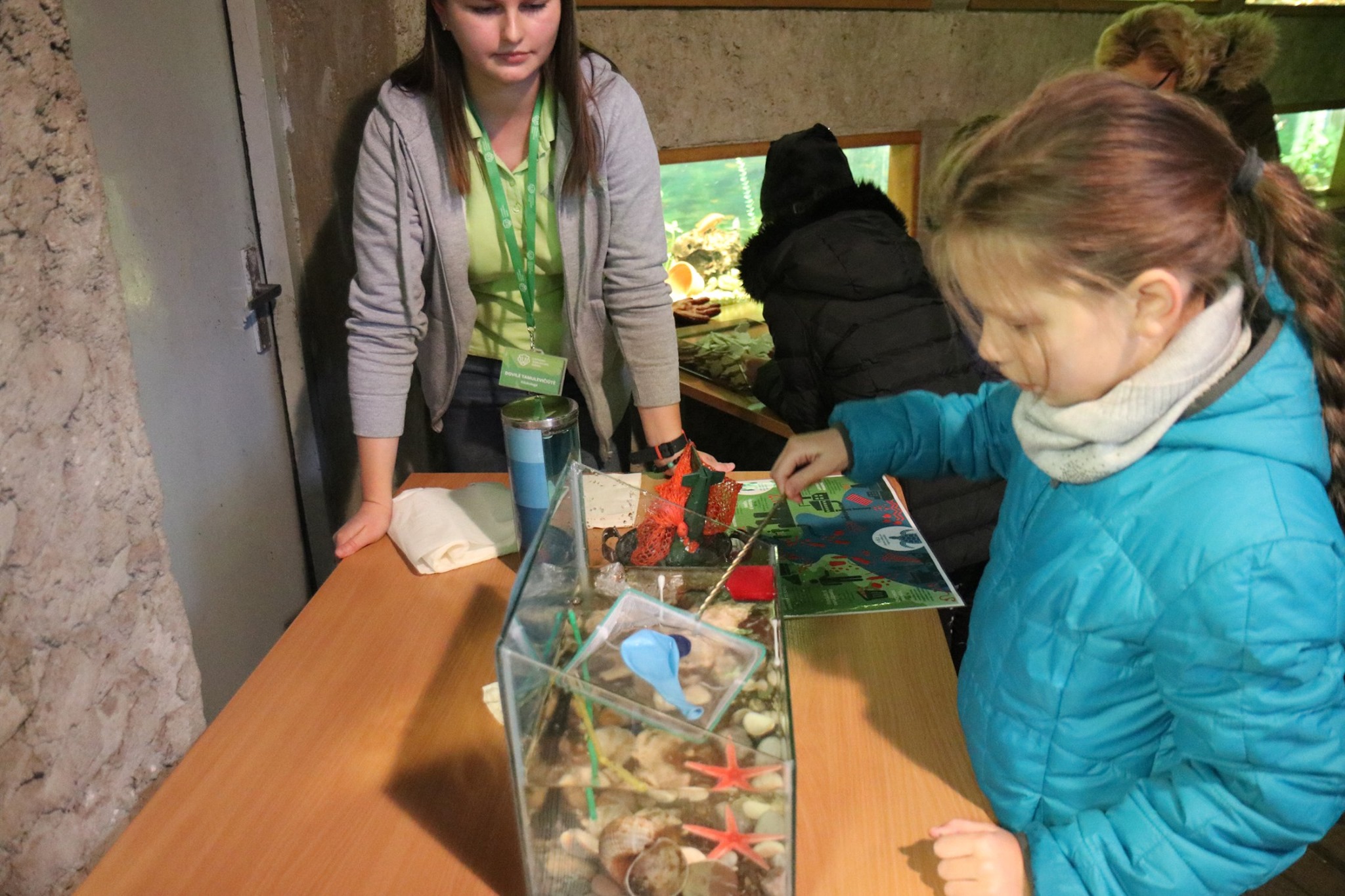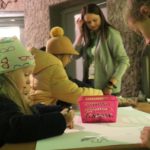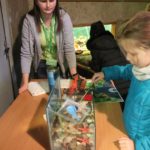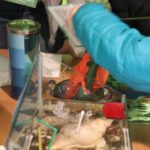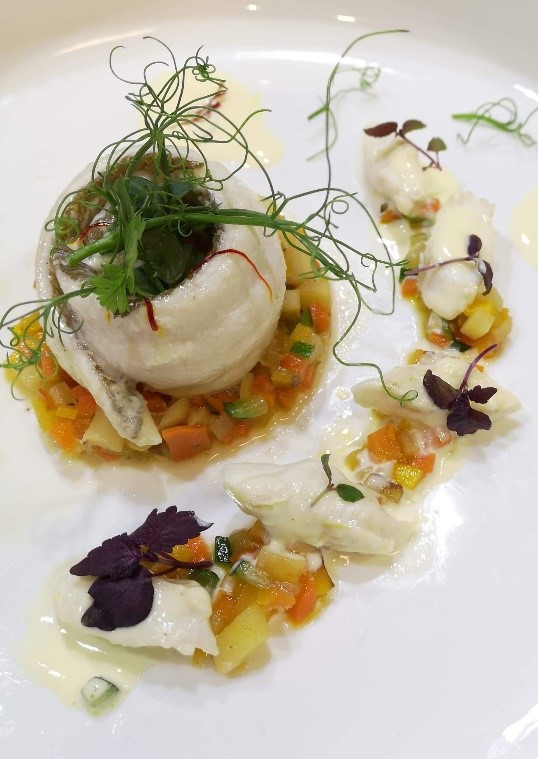by Magdalena Janiszewska, Lodz Zoo (Poland)
On August 22, Lodz Zoo (Poland) organized a family picnic entitled “Which Fish ?”, which was devoted to the threats of over-fishing in the oceans and the impact of commercial human activity on the protection of marine species. During the event, the visitors could find out why it is worth buying fish and marine invertebrates from sustainable fisheries and what species to choose when doing everyday shopping.
Numerous attractions have been planned for all visitors of the zoo, including:
- a sea photo booth where whole families could take a souvenir photo,
- an educational corner, i.e. games and activities for children with an animator,
- sea temporary tattoos for the youngest,
- an exhibition of photos with interesting facts about the oceans and sustainable fishing in different parts of the world.
The partner of the activities was the Marine Stewardship Council (MSC), working to protect the world’s seas and oceans.
Lodz Zoo have also created two permanent educational stands on the above-mentioned topics, where visitors can watch educational films on sustainable fisheries and download free educational books on this subject.
